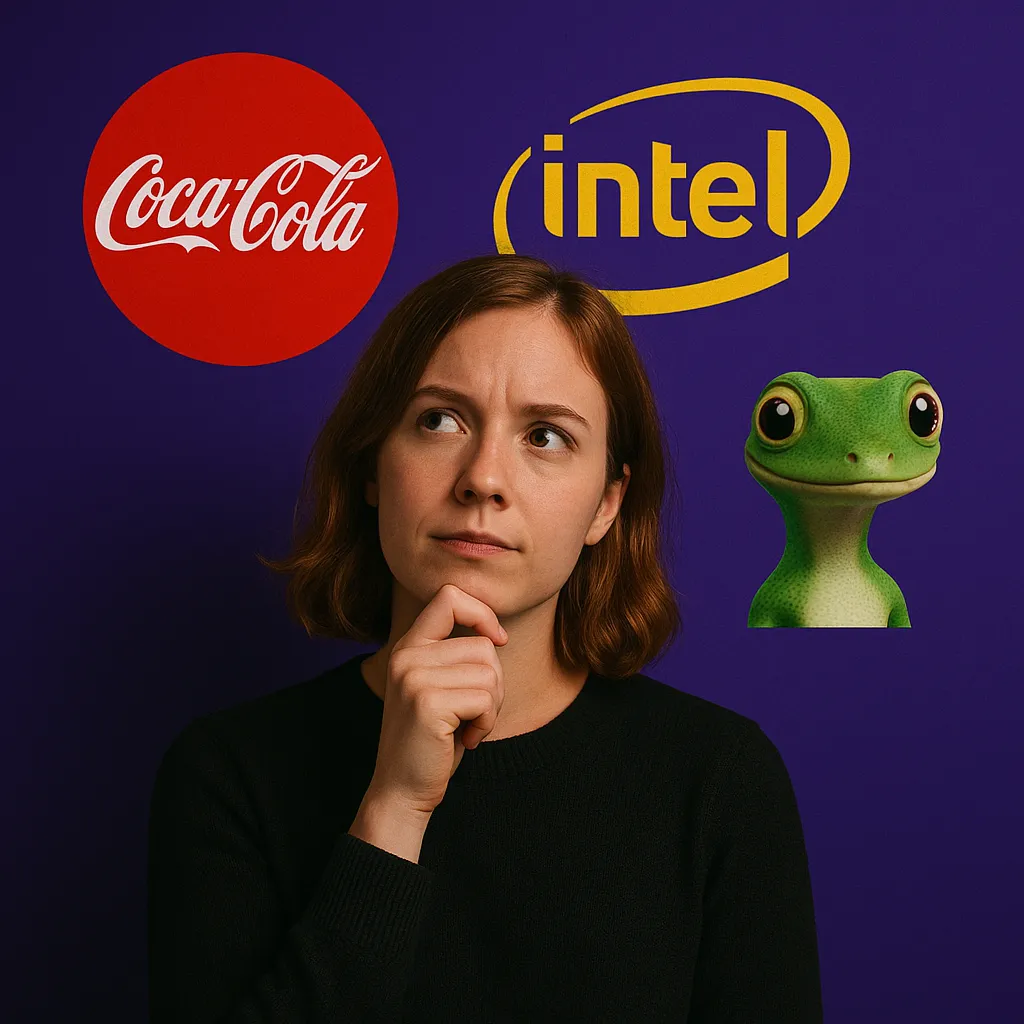By German Tirado, August 19 2025
Introduction: Debunking the “7 Exposures Rule” in Advertising

For decades, marketers have repeated a catchy claim known as the “7 exposures rule” the idea that a potential customer must see a brand’s advertising at least seven times before making a purchase. It’s often cited in marketing blogs, sales seminars, and advertising handbooks as if it were a proven scientific law. But the truth is simple: there is no empirical evidence that buyers convert after a fixed number of exposures. The so-called rule is an advertising myth, not a marketing fact.
Real-world evidence from marketing science shows that buyers don’t purchase based on exposure counts. Instead, they buy when a relevant situation arises—a Category Entry Point (CEP) such as when I need car insurance, when I run out of coffee, or when my contract is up for renewal. What matters is not how many ads they’ve seen but whether your brand comes easily to mind in that buying moment. This is called mental availability, and it is one of the two key drivers of brand growth alongside physical availability [HBG1][HBG2].
The problem with the 7 exposures myth is that it encourages marketers to focus on counting impressions rather than building brand salience. The evidence shows that most buyers up to 95% in B2B categories are not even in the market at a given time [15]. That means the role of advertising is not to push an immediate sale after the seventh impression, but to refresh memory links so that when buyers do enter the market, your brand is familiar, distinctive, and easy to choose.
In this article, we’ll examine why the 7 exposures rule has no supporting evidence, explore the real drivers of marketing effectiveness, branding, distinctive assets, and mental availability and outline evidence-based strategies for building stronger, more competitive brands.
Table of Contents
Introduction: Debunking the “7 Exposures Rule” in Advertising
Why “7 Exposures” Fails as a Rule
What Actually Works: Mental Availability
Distinctive Assets Trump Exposure Counts
The Role of Repetition (Without the Myth)
Implications for Marketers
Metrics That Matter More Than Exposures
Conclusion: Why Branding Effectiveness Beats the “7 Exposures” Myth
Frequently Asked Questions (FAQs)
Works Cited
Why “7 Exposures” Fails as a Rule

There are three major reasons the “7 exposures” claim doesn’t hold up under evidence:
1. Buyers Purchase on Their Own Timetable
Advertising exposure doesn’t force buyers to buy. People buy when they enter a Category Entry Point (CEP) the situational cues that spark a need, such as “when I run out of printer ink” or “when my insurance policy renews” [19]. If someone isn’t at a buying point, no number of exposures will convert them.
2. The Market Is Mostly Out-of-Market
The 95-5 rule shows that at any moment, only 5% of B2B buyers (and a minority of consumers) are in-market. The vast majority are not ready to purchase now [15]. That means your exposures today mostly work by laying down memory traces for tomorrow, not by triggering immediate sales.
3. Memory, Not Exposure Tallies, Drive Decisions
When buyers finally enter the market, they quickly recall a shortlist of brands from memory. Research proves that buyers rely on memory-generated brand lists first, before consulting Google or colleagues [19]. Strong branding ensures your brand is in that shortlist. Counting exposures cannot guarantee this.
What Actually Works: Mental Availability

Instead of chasing arbitrary exposure counts, the real growth driver is mental availability the likelihood of your brand coming to mind in buying situations [HBG1].
Mental availability is built by linking your brand to many Category Entry Points:
When – “When I’m running late for work”
Where – “Where I’m traveling abroad”
While – “While managing a big project”
With/Instead of What – “With my morning coffee instead of an energy drink”
With or For Whom – “With my kids on weekends”
How Feeling – “When I feel stressed at work”
Why – “Why I want to save money” [19]
Brands with wider, fresher CEP networks grow faster because they are considered in more situations. Larger brands consistently show more CEP associations than smaller brands, which also explains why small brands struggle to grow—they face the Double Jeopardy Law of having fewer buyers and weaker mental availability [DJ-B2B].
Distinctive Assets Trump Exposure Counts

If exposures alone were enough, any repeated logo splash would build growth. But what really strengthens memory is clear branding with distinctive assets: logos, colors, taglines, packaging, or sonic stings that buyers instantly recognize [BDA].
For example:
Coca-Cola’s red makes it instantly identifiable even in crowded shelves.
Intel’s sonic sting reinforces brand salience in tech purchase contexts.
Geico’s gecko ensures buyers recall the brand in insurance CEPs like “renewing my policy.”
The critical lesson: it’s not how many times someone sees an ad—it’s whether they instantly know it’s your ad.
The Role of Repetition (Without the Myth)

To be clear, repetition does help memory. Brands need to refresh associations over time to fight memory decay and competitor interference [HBG2]. But repetition doesn’t follow a neat “7 times” formula. Instead, think of repetition as ongoing brand maintenance:
Broad-reach campaigns refresh mental links every year.
Category Entry Points should be reinforced across multiple executions.
Distinctive assets need consistent, long-term use to grow recognition.
The number of exposures needed will vary based on category, competition, and distinctiveness. But it is branding quality and breadth of CEP links that determine effectiveness, not a fixed count.
Implications for Marketers

Here’s what the evidence tells us to do instead of chasing exposure counts:
Prioritize Branded Impressions. Every ad must clearly signal your brand within seconds. Avoid unbranded “teasers.”
Rotate CEPs Over Time. Don’t stick to one buying situation. Link your brand to multiple CEPs over months and years to widen memory networks.
Invest in Distinctive Assets. Audit your brand cues regularly. Strong, unique assets make every impression count more [BDA].
Reach Broadly. Don’t over-target. Growth comes from reaching light and non-buyers who drive penetration increases [HBG1].
Be Consistent. Long-term consistency across media, messaging, and assets ensures salience accumulates.
Metrics That Matter More Than Exposures

Instead of measuring “frequency to 7,” focus on:
Category Penetration (%): How many buyers your brand reaches annually.
Mental Market Share (%): Your brand’s share of first recall in buying situations.
Distinctive Asset Salience (%): The proportion of buyers who correctly identify your brand cues.
CEP Network Size (#): The average number of Category Entry Points buyers link to your brand.
These metrics tie directly to growth, unlike exposure counts which tell you little about buyer memory.
Conclusion: Why Branding Effectiveness Beats the “7 Exposures” Myth
The enduring belief that customers require seven exposures before buying is one of the most persistent advertising myths in marketing. It survives because it’s simple, easy to repeat, and feels intuitively correct. But as the evidence clearly shows, this “rule of 7” has no scientific foundation. Buyers do not follow a predictable exposure count before purchase, and treating advertising like a numbers game distracts marketers from what truly drives growth.
The real driver of advertising effectiveness is not exposure frequency but branding effectiveness making your brand easy to mind and easy to buy. This means investing in:
Mental Availability: Building brand salience across a wide range of Category Entry Points, so that your brand is easily recalled in buying situations [HBG1][HBG2].
Distinctive Assets: Using logos, taglines, colors, sonic stings, and other cues to ensure your advertising is instantly recognizable and contributes to memory-building [BDA].
Broad Reach and Repetition: Consistently reaching light buyers and non-buyers, not just heavy users, to grow penetration and strengthen memory traces [15].
Long-Term Consistency: Maintaining clear, recognizable branding over years to accumulate mental availability and protect against competitor interference.
In other words, branding effectiveness beats exposure counting. Strong branding ensures that every impression whether the first, third, or tenth contributes to lasting mental availability. When buyers finally enter the market, it is these memory structures, not exposure tallies, that determine which brands they recall and ultimately choose.
So the next time you hear someone quote the 7 exposures rule, remember: it’s a catchy slogan, not a scientific law. Growth comes from advertising that builds mental availability, distinctive branding that reinforces salience, and consistent links to Category Entry Points. Those are the proven paths to winning buyers, both today and in the future.
Frequently Asked Questions (FAQs)
Q1: What is the “7 exposures rule” in advertising?
The “7 exposures rule” is a widely repeated claim that buyers need to see an ad seven times before they make a purchase. It is often used in marketing advice, but there is no scientific evidence supporting it. It’s an advertising myth, not a proven law of buyer behavior.
Q2: Does repetition in advertising still matter?
Yes, repetition helps refresh brand memory, but there is no magic number like “7.” What matters is branding effectiveness making sure each exposure is branded, distinctive, and linked to buying situations so that it builds mental availability over time [HBG2].
Q3: What is mental availability and why is it important?
Mental availability is the likelihood that buyers think of your brand in buying situations. Brands with stronger mental availability have higher brand salience and are more likely to be chosen. It is one of the two key drivers of growth, alongside physical availability [HBG1][HBG2].
Q4: How do distinctive assets help advertising work?
Distinctive assets, logos, colors, fonts, taglines, characters, or sonic cues make a brand instantly recognizable. They ensure that every exposure contributes to brand salience. Without clear assets, exposures may be wasted because buyers won’t link the ad back to your brand [BDA].
Q5: Does the “7 exposures rule” apply differently in B2B marketing?
No. The same marketing laws apply to both B2C and B2B. In fact, research shows that up to 95% of B2B buyers are out-of-market at any given time, so the role of advertising is to build memory links for when they are ready to buy [15].
Q6: What should I measure instead of exposure counts?
Instead of counting exposures, track:
Category penetration (%) – how many buyers you reach.
Mental market share (%) – share of first brand recall.
Distinctive asset salience (%) – recognition of brand assets.
Category Entry Points (CEPs) linked to brand (#) – how many situations cue your brand [19].
Q7: How do Category Entry Points (CEPs) improve branding effectiveness?
CEPs are the situational cues that trigger brand recall (e.g., “when I’m traveling,” “when I need to save money,” “when my insurance renews”). Linking your brand to many CEPs increases the chances of being thought of and chosen across a broader range of buying situations [19].
Q8: Should I still invest in reach and frequency campaigns?
Yes, but with the right mindset. Broad-reach campaigns ensure you reach light buyers and future buyers. Frequency helps refresh memory, but the goal is advertising effectiveness through mental availability, not hitting a fixed number of exposures [HBG1][15].
Works cited
[HBG1] Sharp, Byron. How Brands Grow: Part 1. Oxford University Press, 2010.
[HBG2] Sharp, Byron. How Brands Grow: Part 2. Oxford University Press, 2015.
[BDA] Romaniuk, Jenni. Building Distinctive Assets: A Vision of Sharp Branding. Oxford University Press, 2018.
[15] Dawes, John. Advertising Effectiveness and the 95-5 Rule: Most B2B Buyers Are Not in the Market Right Now. Ehrenberg-Bass Institute for Marketing Science, 2021.
[19] Romaniuk, Jenni. Category Entry Points in a Business-to-Business (B2B) World. Ehrenberg-Bass Institute for Marketing Science, 2022.
[DJ-B2B] Ehrenberg-Bass Institute. The Double Jeopardy Law in B2B Shows the Way to Grow. Ehrenberg-Bass Institute for Marketing Science, 2020.
Address
Phone: 725-240-6870
Email : [email protected]
Address : 6440 Sky Pointe Dr. #140-341 Las Vegas, NV 89131
Artificial Intelligence
Marketing & Branding
Marketing & Branding
©2025 Max Digital Edge | All Rights Reserved
